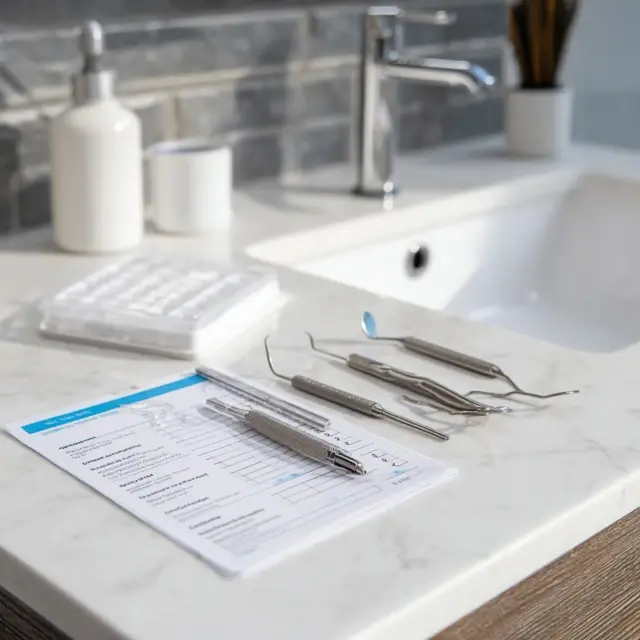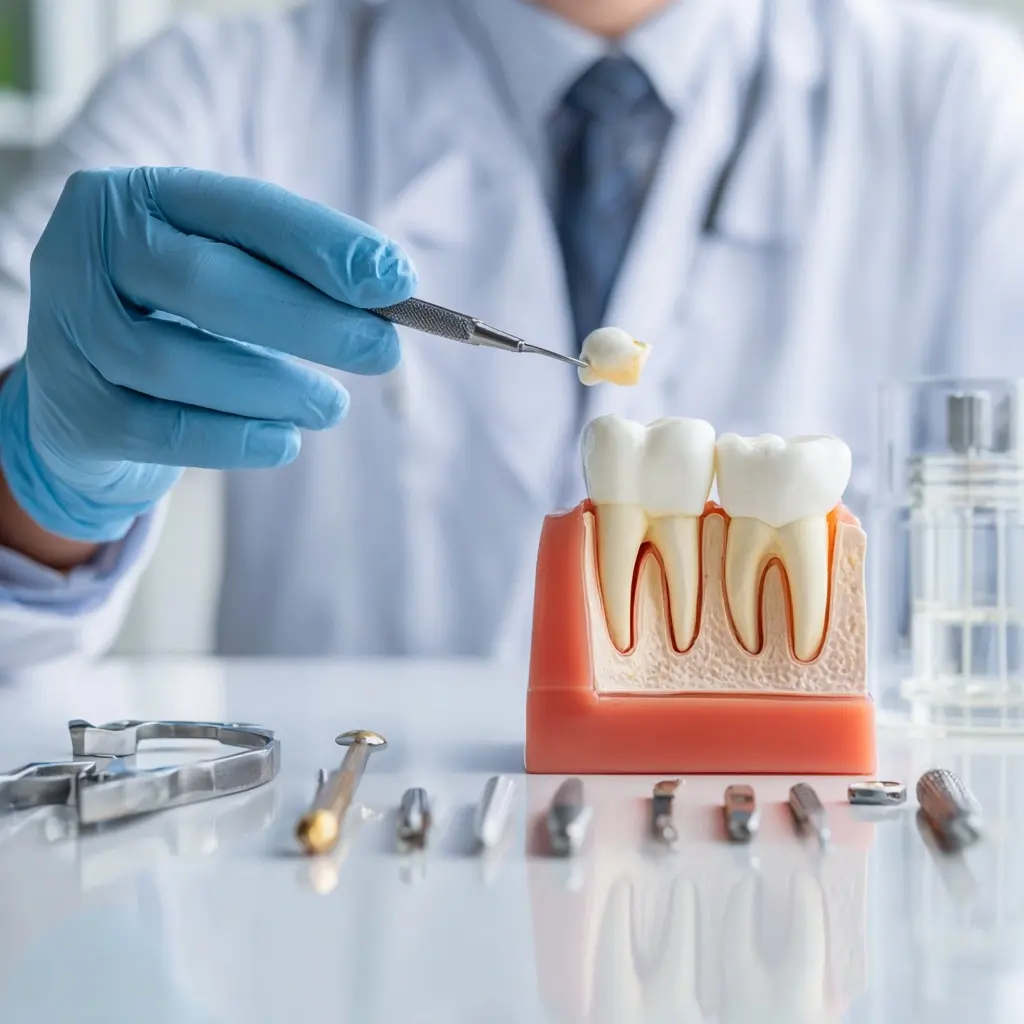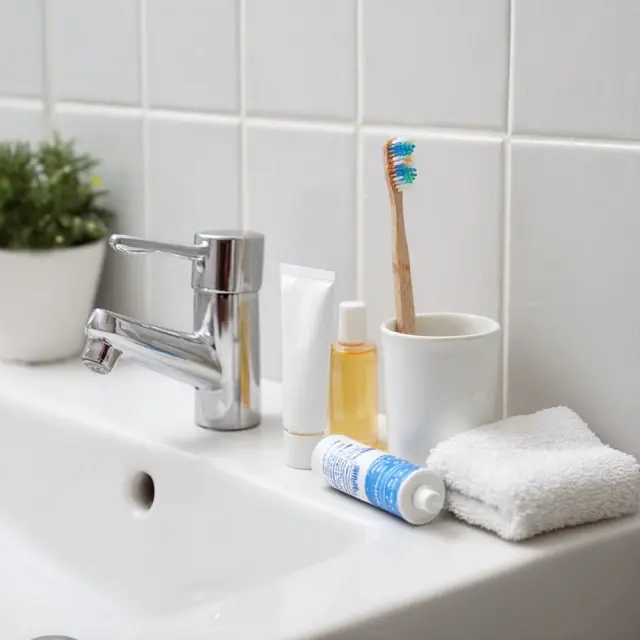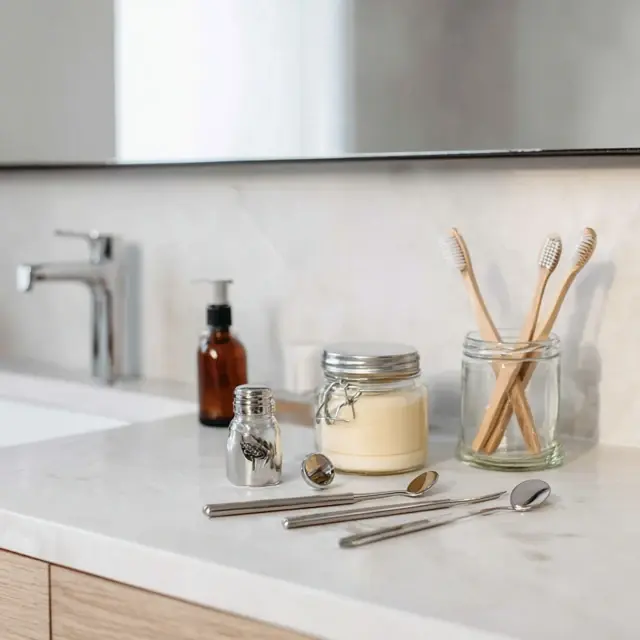Tooth Repair Kit Safety Tips for Everyday Users
For many people, a tooth repair kit is a convenient solution for sudden dental mishaps. While these kits are designed to be beginner-friendly, using them incorrectly can cause more harm than good. By following a few essential safety practices, you can ensure your temporary fix supports rather than compromises your oral health.
Why Safety Matters When Using a Tooth Repair Kit
Although effective for emergencies, repair kits should never replace professional dental care. They serve as a stopgap measure, and safe use is vital to avoid complications like infection, irritation, or prolonged damage to your tooth structure.
Essential Safety Tips
1. Always Wash Your Hands First
Before touching any tools or applying materials, wash your hands thoroughly. This simple step reduces the risk of introducing bacteria into an already vulnerable area.
2. Clean the Tooth Carefully
Rinse your mouth with warm water and, if possible, use a mild antiseptic rinse. Avoid using harsh chemicals or household items not intended for oral care.
3. Use the Right Amount of Material
Applying too much filling compound may cause discomfort and misalignment in your bite. Stick to the recommended portion as outlined in the instructions.
4. Avoid Using Sharp Objects
Never improvise with pins or household tools to adjust the material. Use only the applicators provided in the kit to prevent injury.
5. Monitor for Allergic Reactions
Some people may be sensitive to the compounds in a tooth repair kit. If you notice swelling, itching, or irritation, remove the material and consult a dentist immediately.
Common Mistakes to Avoid
- Skipping the cleaning step before application
- Chewing hard foods immediately after applying material
- Leaving the temporary fix in place for weeks without follow-up care
- Ignoring persistent discomfort or pain
When to Stop and See a Dentist
While a repair kit is helpful for everyday situations, certain warning signs mean you should seek professional care right away:
- Severe or throbbing pain that doesn’t subside
- Visible swelling in gums or cheeks
- Bleeding that won’t stop after several hours
- A cracked tooth extending below the gum line
Tips for Everyday Users
If you plan to rely on a tooth repair kit for peace of mind, make it part of your broader dental safety plan:
- Keep a kit in your home first-aid box and one in your travel bag
- Check the expiration date regularly to ensure effectiveness
- Practice a trial run when you’re not in pain to build confidence
- Follow up with your dentist even after a successful temporary fix
Final Thoughts
A tooth repair kit can save you from discomfort and embarrassment in everyday life, but it must be used wisely. By following safe handling practices and recognizing its limits, you can protect your oral health while waiting for professional dental care. For further guidance, explore related articles like Tooth Repair Kit FAQs and How to Choose the Right Tooth Repair Kit.




